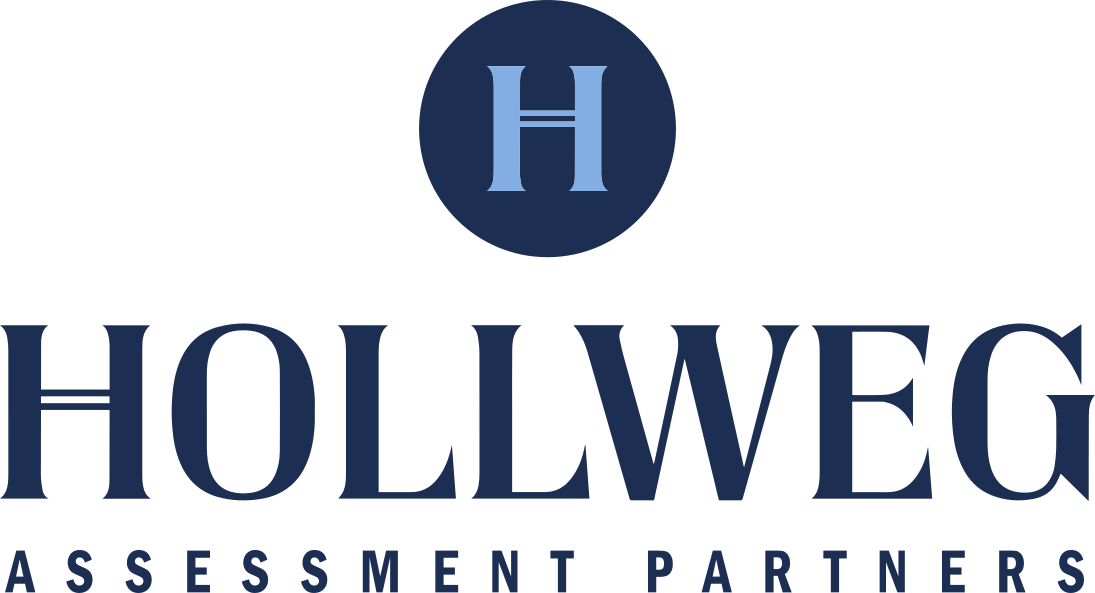Decision Making/Problem Solving
Organization
(Focus & Organization, Time Utilization, Priority Focus)
Problem Anticipation
(Planning, Long Range Thinking)
Analytical Thinking
(Detail Orientation, Detailed Analysis)
Innovative Thinking
(Creativity)
Practical Problem Solving
(Practical Thinking, Common Sense, Realistic Thinking)
People Leadership
Assertiveness
(Ability to Take Charge, Willingness to Take Charge)
Tough-Mindedness
(Conflict Management, Holding Team Accountable)
Positive People Orientation
(People Relations)
Insight
(Interpersonal Insight)
Work Style
Drive & Energy
(Action Orientation, Stamina)
Self-Reliance
(Independent Initiative, Self-Motivation, Initiative)
Process Orientation
(Need for Structure, Acceptance of Authority, Rule Orientation)
Flexibility
(Multi-Tasking, Need for Diversion)
Results Focus
(Results Orientation)
Accommodation
(Service Orientation, Team Orientation)
Personal Characteristics
Self-Discipline
(Conscientiousness, Responsibility, Restraint)
Emotional Consistency
(Capacity to Handle Pressure, Stress Tolerance, Resilience)
Objectivity of Viewpoint
(Objectivity, Criticism Tolerance)
Confidence
(Self-Assuredness, Self-Confidence)
Learning Agility
Quantitative Reasoning
(Numeric Reasoning)
Navigating the Resources
- Read the information below about the trait to develop a greater understanding of your strength/opportunity.
- Consider the Stop, Start, Continue examples to create your own actionable change behaviors.
- Explore the trait more fully by taking advantage of the weblinks below.
Results Focus
Results focus measures the extent to which you drive tasks forward to meet deadlines and deliver quality work. The resources below should provide you with the steps for increasing or decreasing your level of results focus.
Strength
Higher levels of results focus indicate you take the initiative to move tasks forward effectively and go above and beyond to follow through and get the job done.
Opportunity
Lower levels of results focus indicate you may be too relaxed and struggle to remain productive in your work.
Excess
Excessive levels of results focus indicate you may be too focused on results and you may jump into things too quickly and can seem impatient.
Identify an opportunity area that you would like to change. Then, develop behaviors that you can Stop (unhelpful or limiting behaviors), Start (behaviors that you can begin now), and Continue (behaviors that you already do well) to improve in this area. Use the examples below to help create your own Stop, Start, and Continue behaviors.
| Stop | Start | Continue |
| Allowing others to drive performance. | Taking lead on a project and create a plan to quickly drive results with a fast-paced yet realistic timeline and ownership of high-quality work. | Prioritizing your tasks based on urgency or importance. |
| Being distracted from productivity. | Setting clear goals with uninterrupted working time by setting a timer and putting all distractions away. | Taking the initiative to volunteer for projects. |
| Prioritizing other things over performance. | Determining what motivates you to succeed; optimizing your environment to aid in efficiency and focus. | Breaking up bigger tasks into smaller, more manageable components. |
Results Focus Weblinks for Development:
39 Ways to Increase your Productivity at Work
30 Quick Tips for Becoming More Productive
Results Focus Leadership Weblinks for Development:
8 Proven Ways to Increase Your Productivity as a Leader
Leadership Practices That Drive Results
